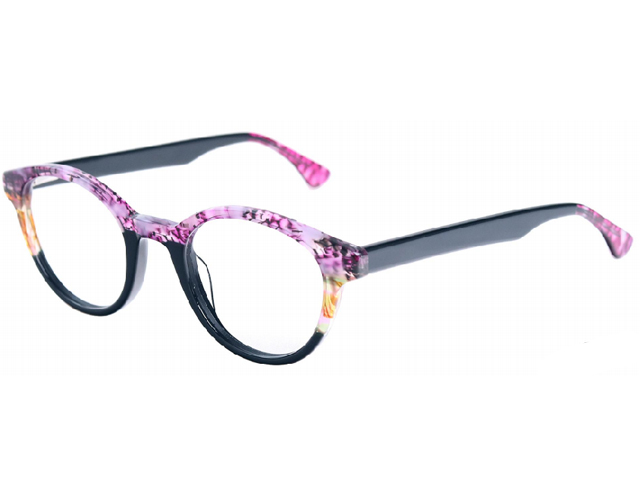
Why do the same 1.67 lenses have different thicknesses every time I wear glasses?
Are there any highly myopic friends who feel like this? Every time I change a pair of glasses, I find that the power of the lenses does not change but the thickness is not the same. Some are thinner and some are very thick. Think of the bottom of a beer bottle, which is very ugly. Heavy. In fact, this is related to many conditions
Myopia lenses are concave lenses. They are characterized by being thin in the middle and thicker at the edges. The higher the degree, the thicker the edge. So when your degree is higher, the edge of the lens will be very thick, like the bottom of a wine bottle. There were heavy red and deep marks on the left and right sides of the bridge of the nose. To avoid this situation, we need to pay attention to several lens selection minefields:

Second: Choose high refractive index, aspherical lenses
The thickness of the lens is related to the refractive index of the lens. For patients with high myopia, the refractive index of the lens is 1.67/1.67/1.71/1.74. Of course, 1.74 is the thinnest, but the price is higher. For small children with a lower budget, Partners can choose according to their budget. In addition to the refractive index, the spherical and aspherical design of the lens surface will also have a certain degree of thickness change. From a visual and thickness comparison point of view, it is recommended to use aspherical lenses. Aspherical lenses are not only thinner lenses The surrounding imaging is restored more realistically.
Third: Reasons for interpupillary distance
Everyone's interpupillary distance is fixed, but optical shops may have some errors when processing glasses. The national allowable error range is generally within 2 mm. The higher the degree, the smaller the allowable error. When different errors exist, it depends on the thickness of the lens. also been affected.
Fourth: Production factory
The country has strict standards for the center thickness of lenses, but some factories may adjust the center thickness of the lenses to make the lenses thinner. However, this approach may cause the lenses to be easily damaged, so they are particularly thin. There are safety risks in lenses, so you must choose carefully. When purchasing lenses, be sure to choose lenses from regular manufacturers.
The above four aspects are the main factors that will affect the thickness of the lens. When purchasing lenses, we must avoid these minefields and do not spend the same money to get a product with a worse experience.